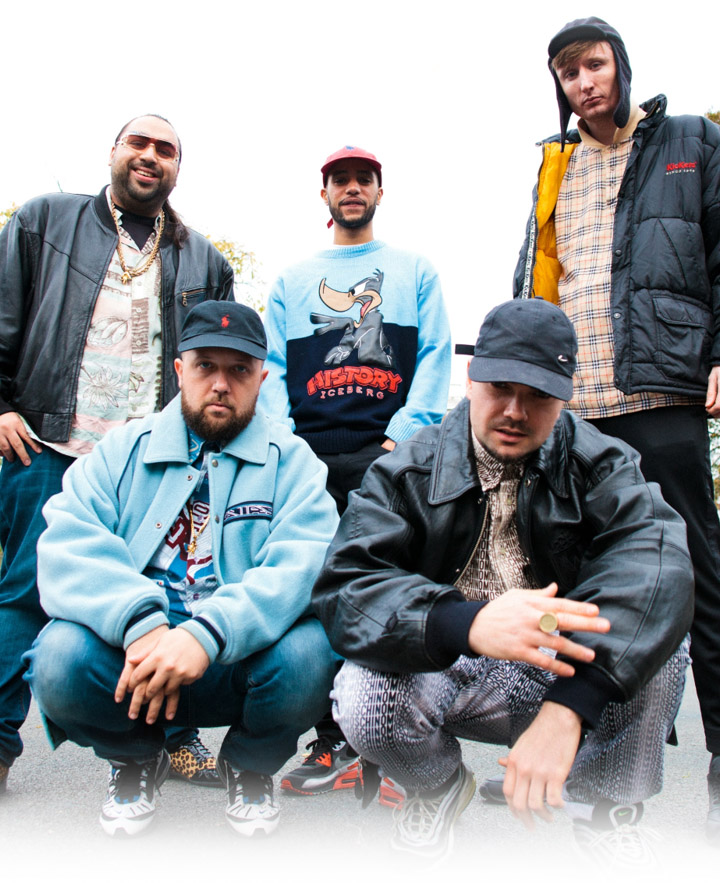

We have a history there before the white man ever showed up, but the Lenape are forgotten because they haven’t had a presence there in decades, centuries,” says Curtis Zunigha, co-director of the Manhattan-based Lenape Center. Some Lenape today, however, are working to bring their heritage back to the city. In one of the most diverse cities in the United States, there are tellingly few native New Yorkers. The Lenape helped shape the geography of modern-day New York City, but other traces of their legacy have all but vanished. It eventually became Wall Street, and Manahatta became Manhattan, where part of the Lenape trade route, known as Wickquasgeck, became Brede weg, later Broadway.

The wall, which started showing up on maps in the 1660s, was built to keep out the Native Americans and the British.

The transaction, enforced by the eventual building of wall around New Amsterdam, marked the very beginning of the Lenape’s forced mass migration out of their homeland. As the myth goes, the Dutch even “purchased” Manahatta island from the Lenape in 1626. They shared the land and traded guns, beads and wool for beaver furs. When the Dutch arrived in the 17th century in what’s now New York City, their encounters with the indigenous peoples, known as the Lenape, were, at first, mostly amicable, according to historical records.


 0 kommentar(er)
0 kommentar(er)
